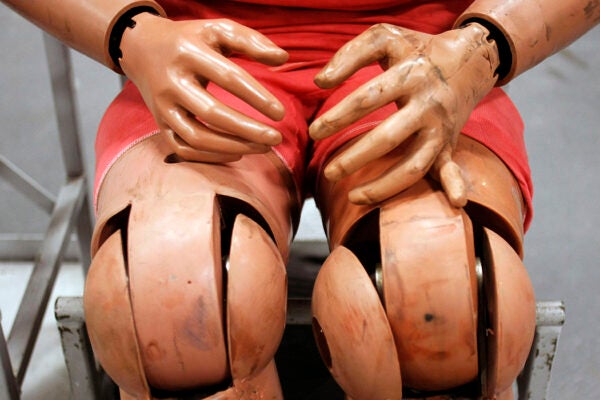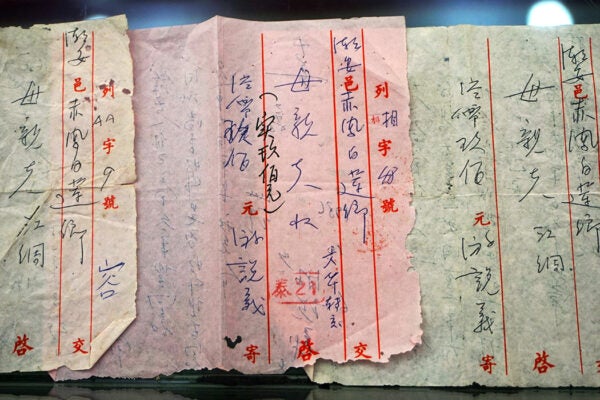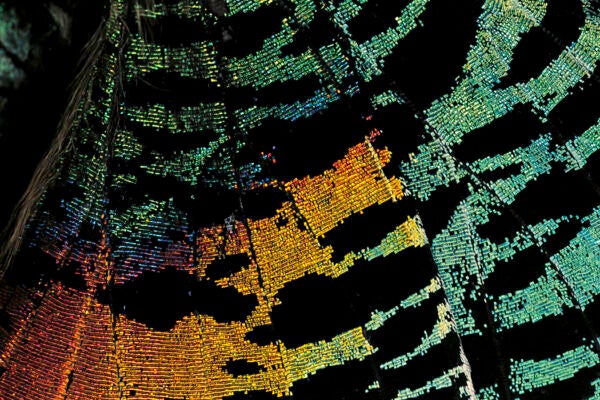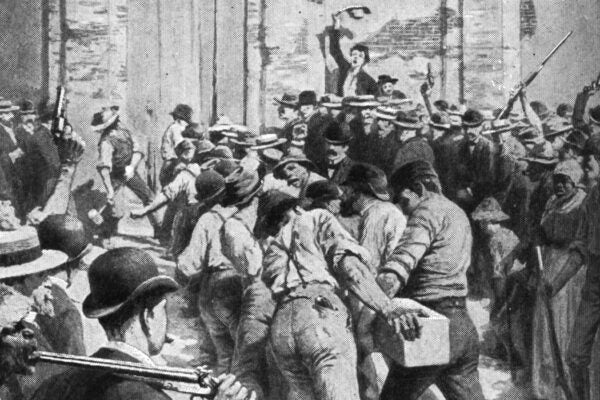Abraham Lincoln’s Labor Theory of Value
Abraham Lincoln was no Marxist, but his ideas about the relationship of labor and capital mirrored Marx’s in some ways—albeit with a rural American flavor.
Brunei: A Tale of Soil and Oil
With an economy based almost exclusively on the oil industry, Brunei offers its citizens a high standard of living—but it comes with limitations.
Designing the Dummies
The science behind using crash test dummies to determine the effects of car crashes on the human body only dates to the 1960s.
Going Postal at the Qiaopiju
The Chinese Qiaopiju, or “overseas letter offices,” lasted for a century, ending only when the foreign governments implemented anti-communist banking controls.
Why Architects Need Philosophy to Guide the AI Design Revolution
Architecture in the age of AI—argues professor Nayef Al-Rodhan—should embed philosophical inquiry in its transdisciplinary toolkit.
Inside China’s Psychoboom
In Learning to Love, linguistic and medical anthropologist Sonya Pritzker examines the efficacy of group therapy in contemporary China.
The Numbers vs. the Lottery
Between the 1960s and 1980s, state governments created lotteries to supplant illegal gambling operations that brought revenue to marginalized communities.
How Do You Like Your Steak? Rare, Medium, or Bright Blue?
In 1973, an experiment with dyed food and colorful lights had participants vomiting up their half-finished meals. But did it really happen?
Animal Physics, Storm-Chasing, and Big Meat
Well-researched stories from The Conversation, Mongabay, and other great publications that bridge the gap between news and scholarship.
Attacking Italians in Louisiana
Italian immigrants had no qualms about working and living alongside Black Americans, which made them targets for violence by white vigilantes in Louisiana.









